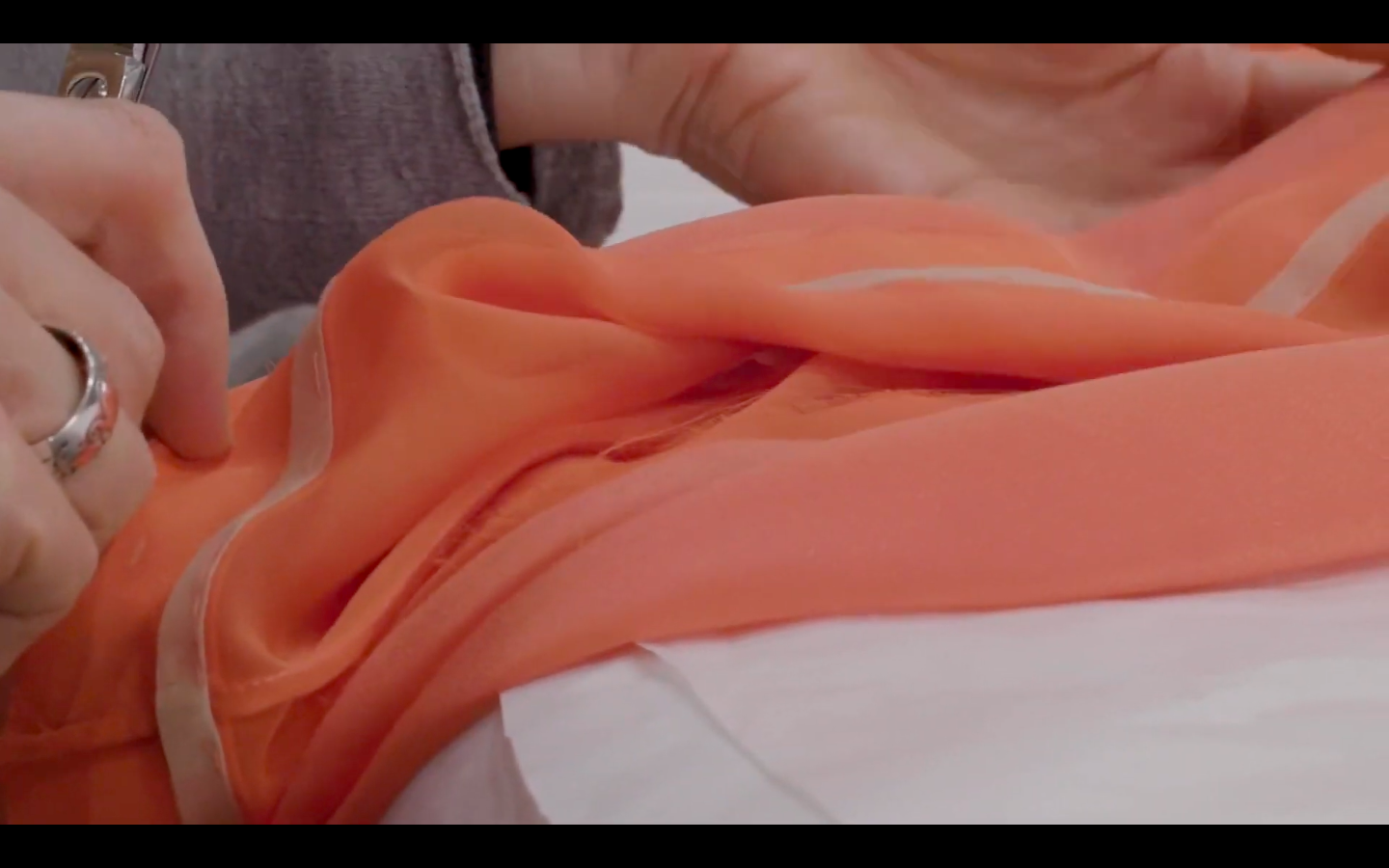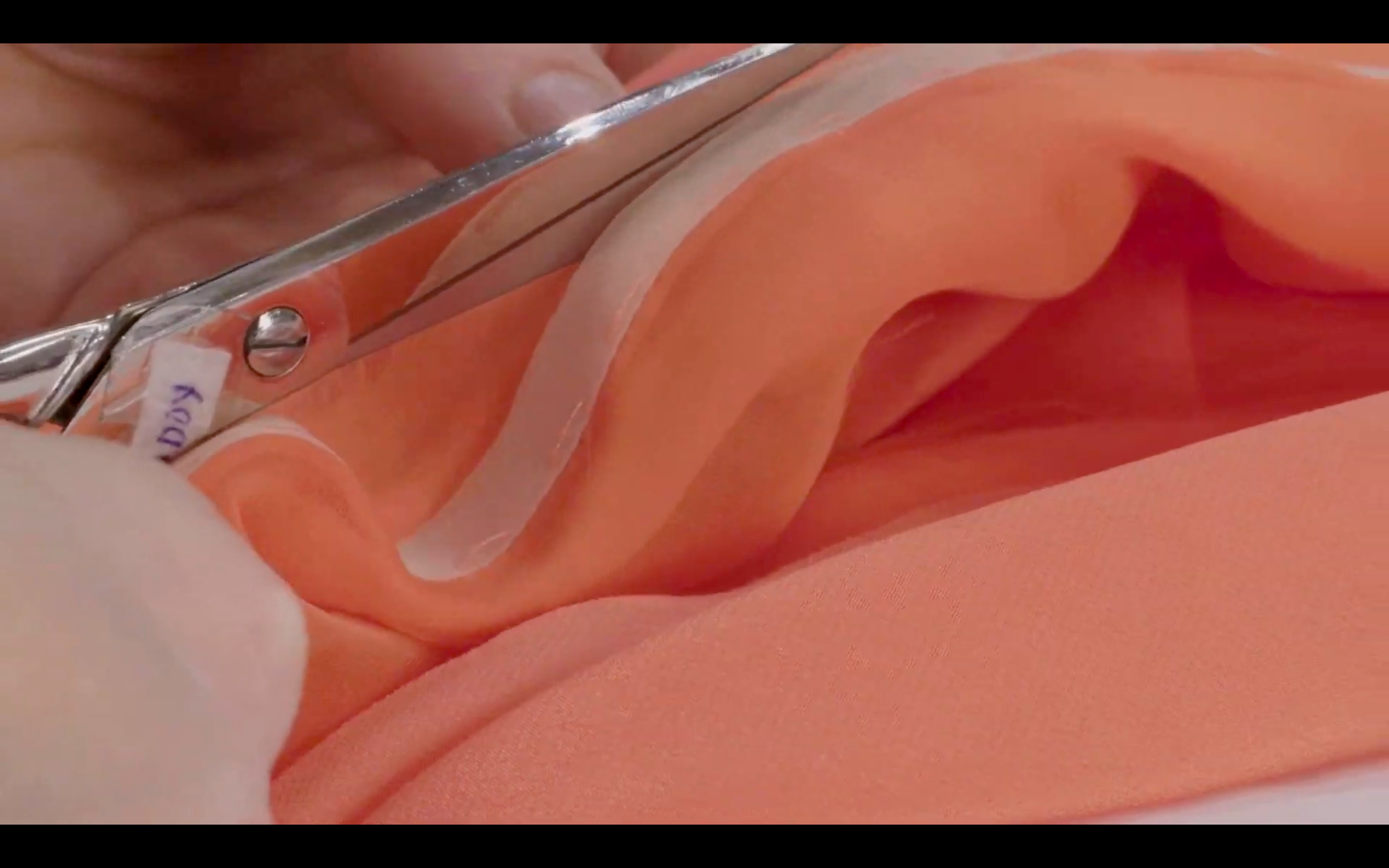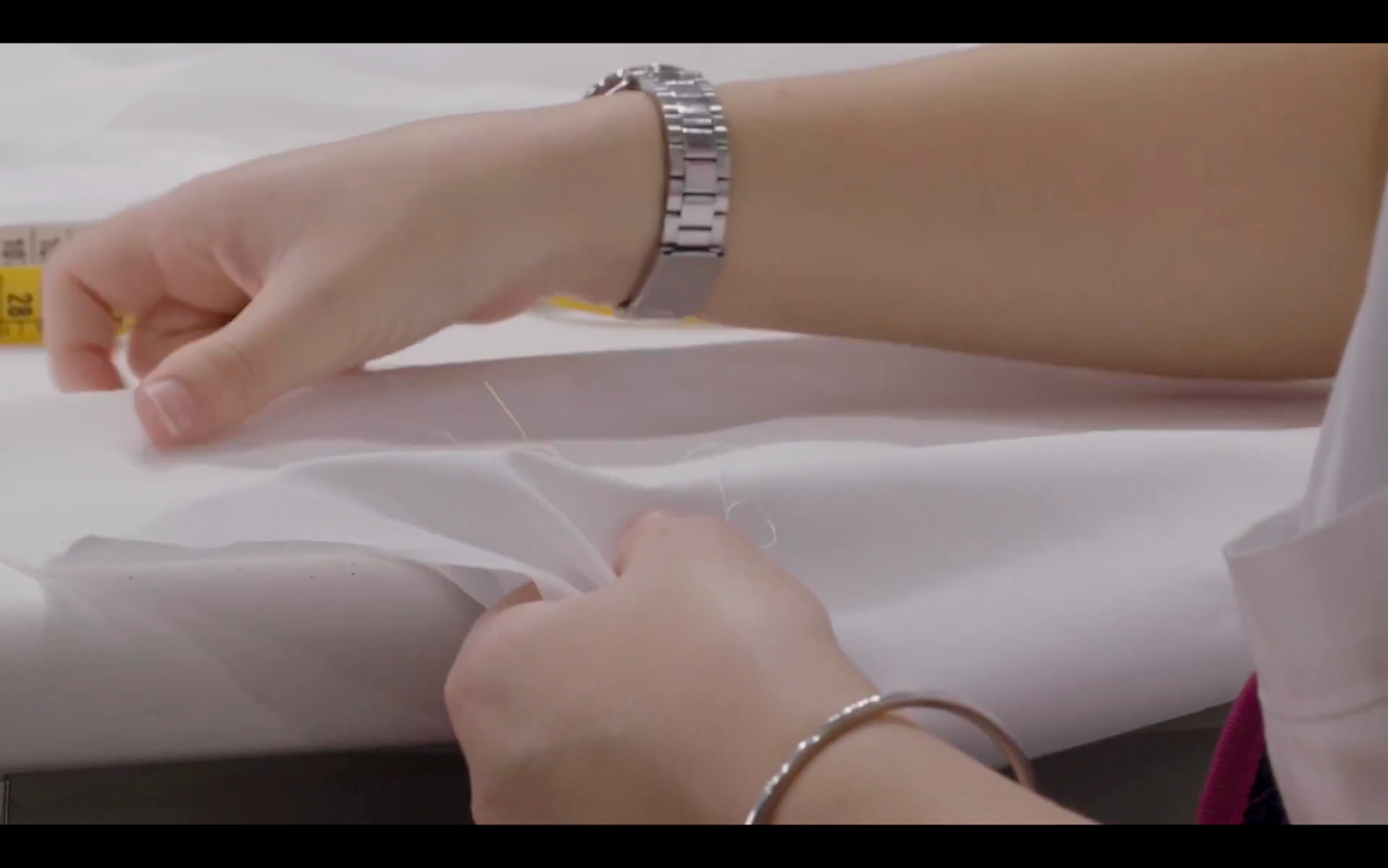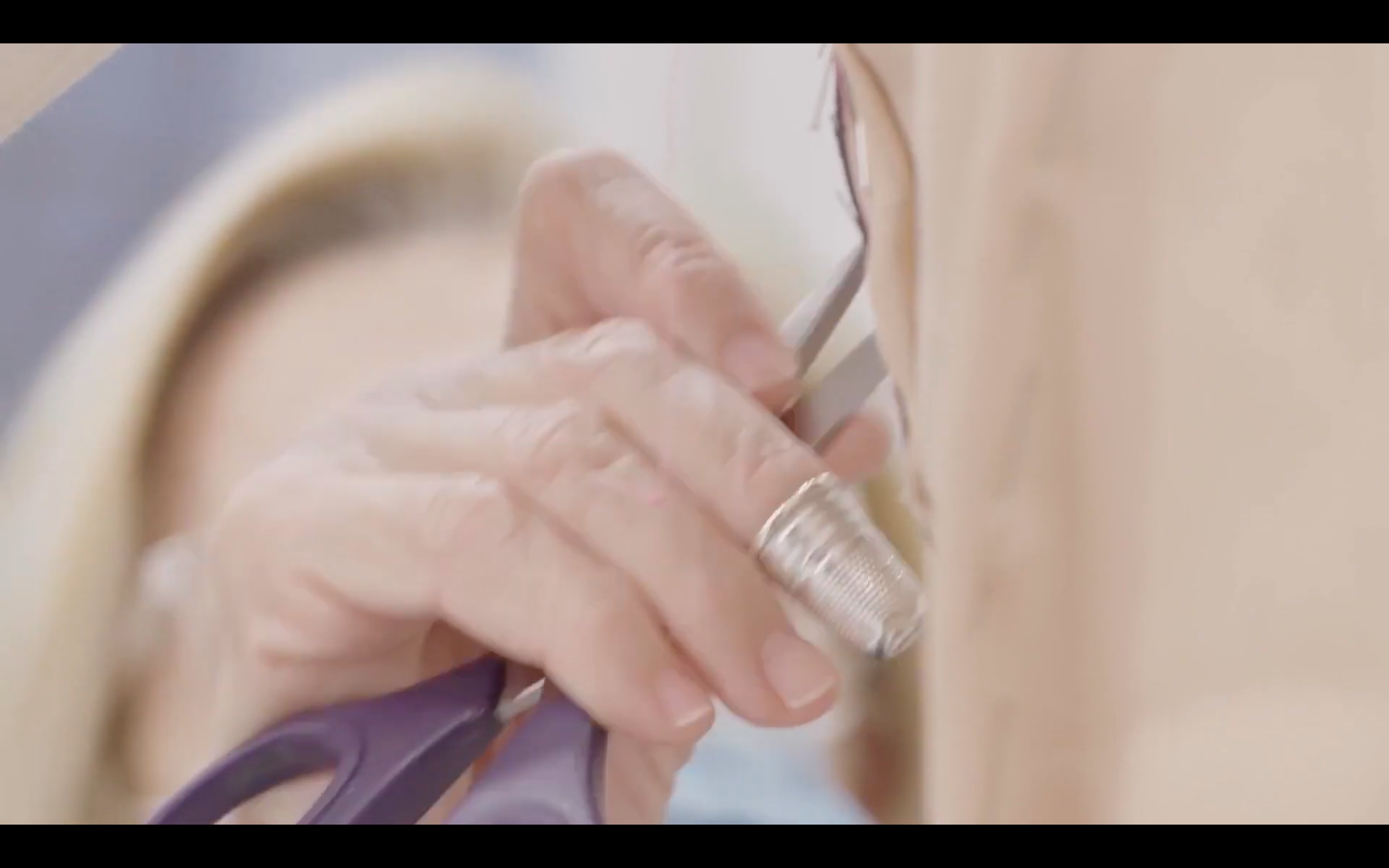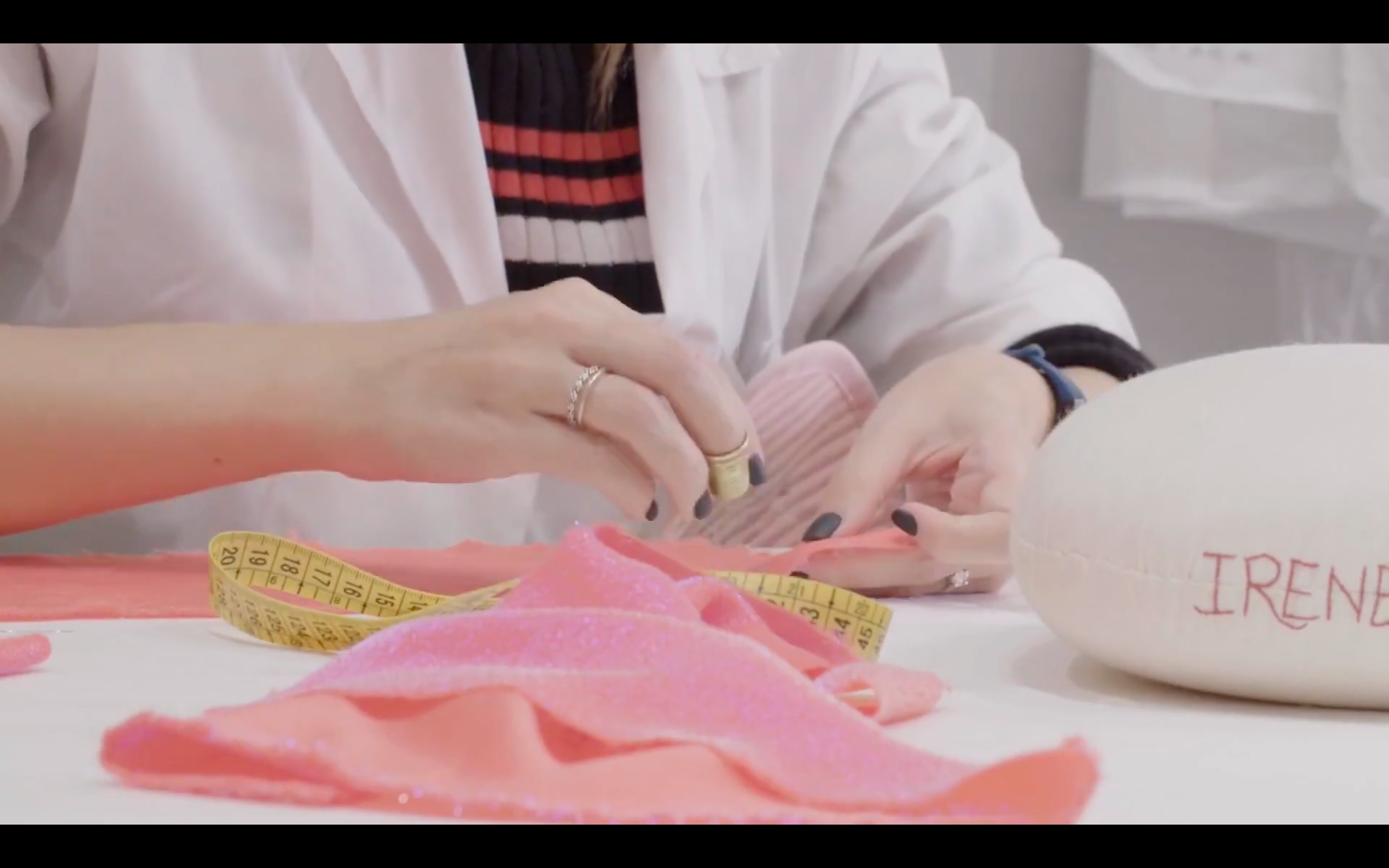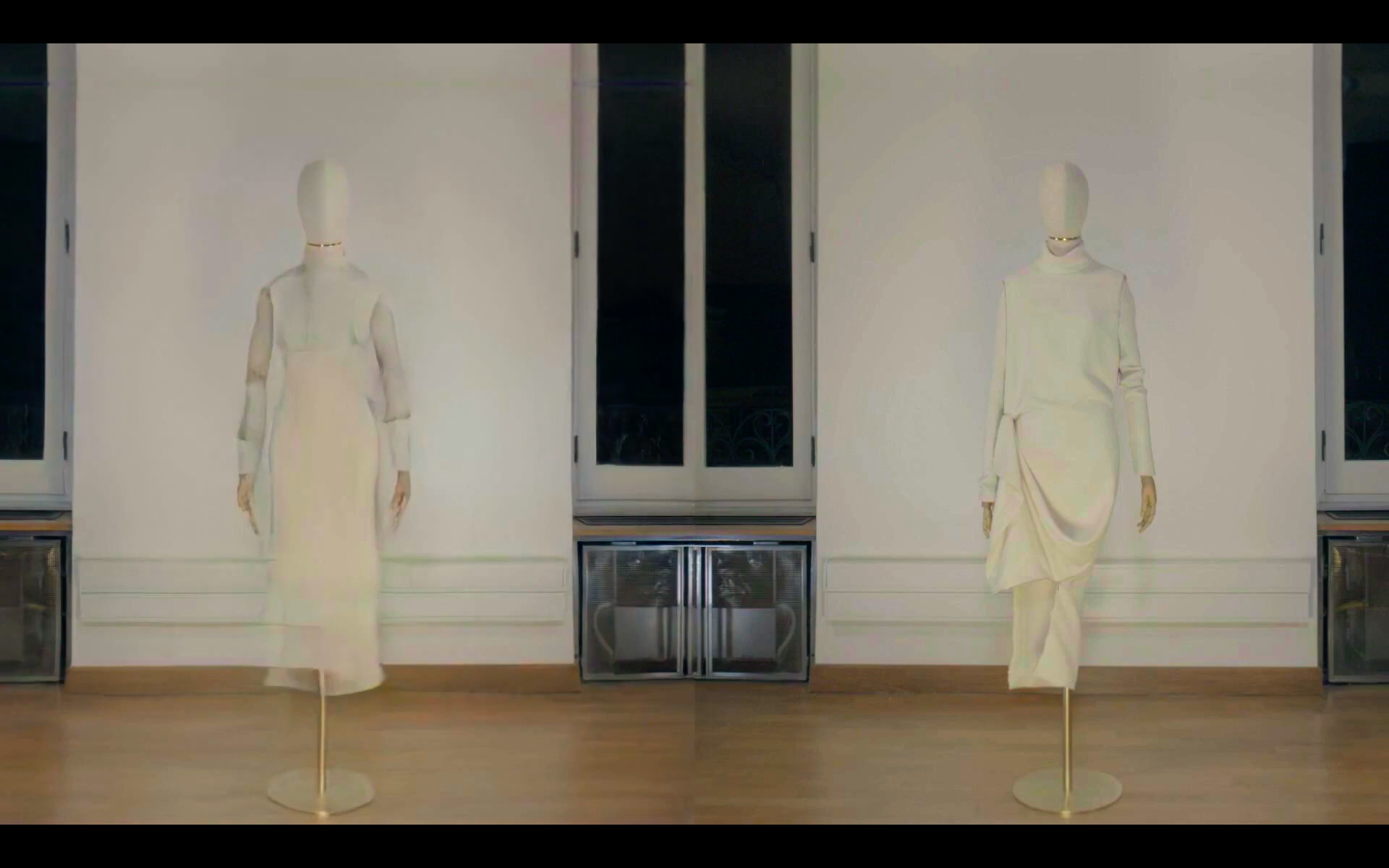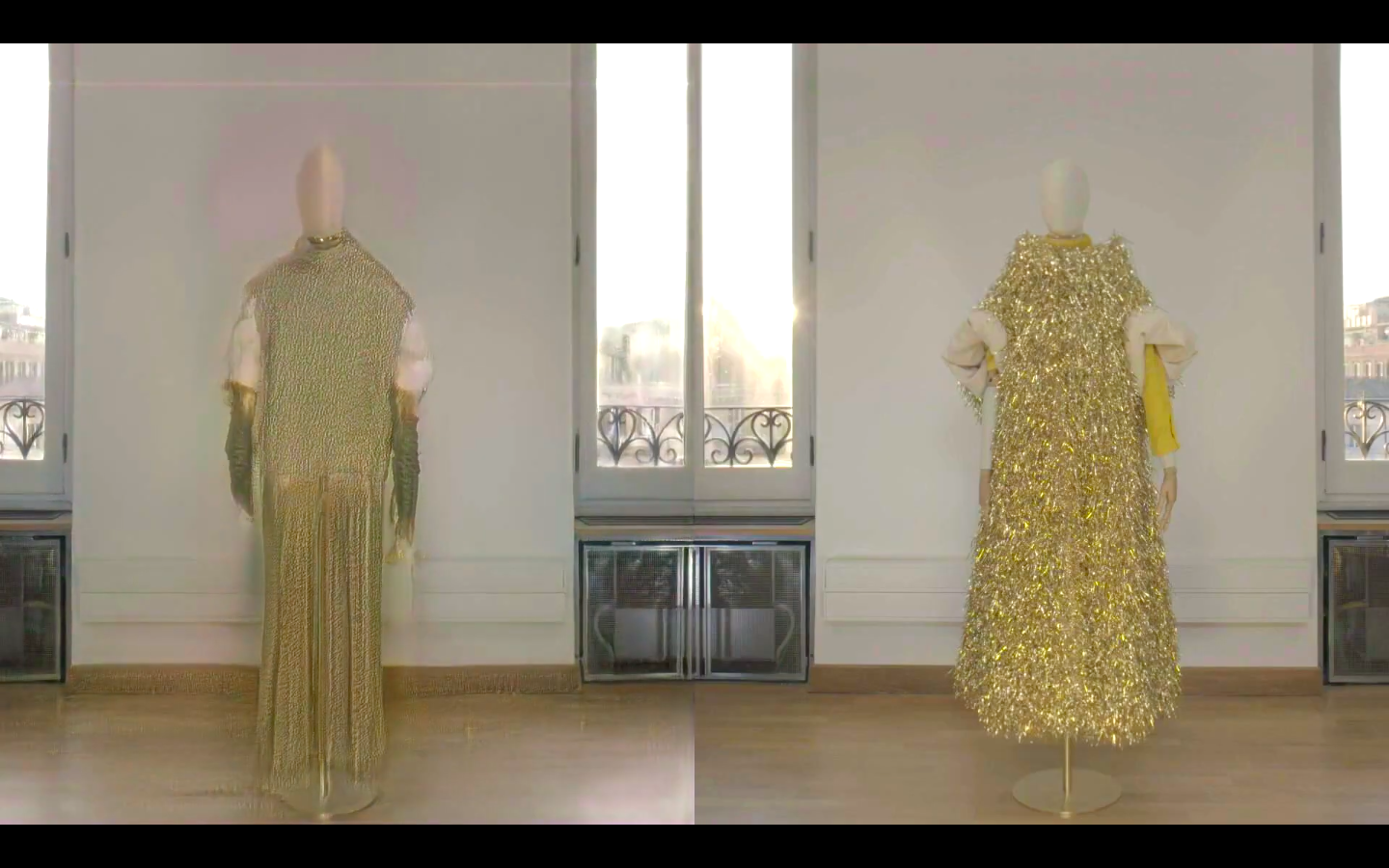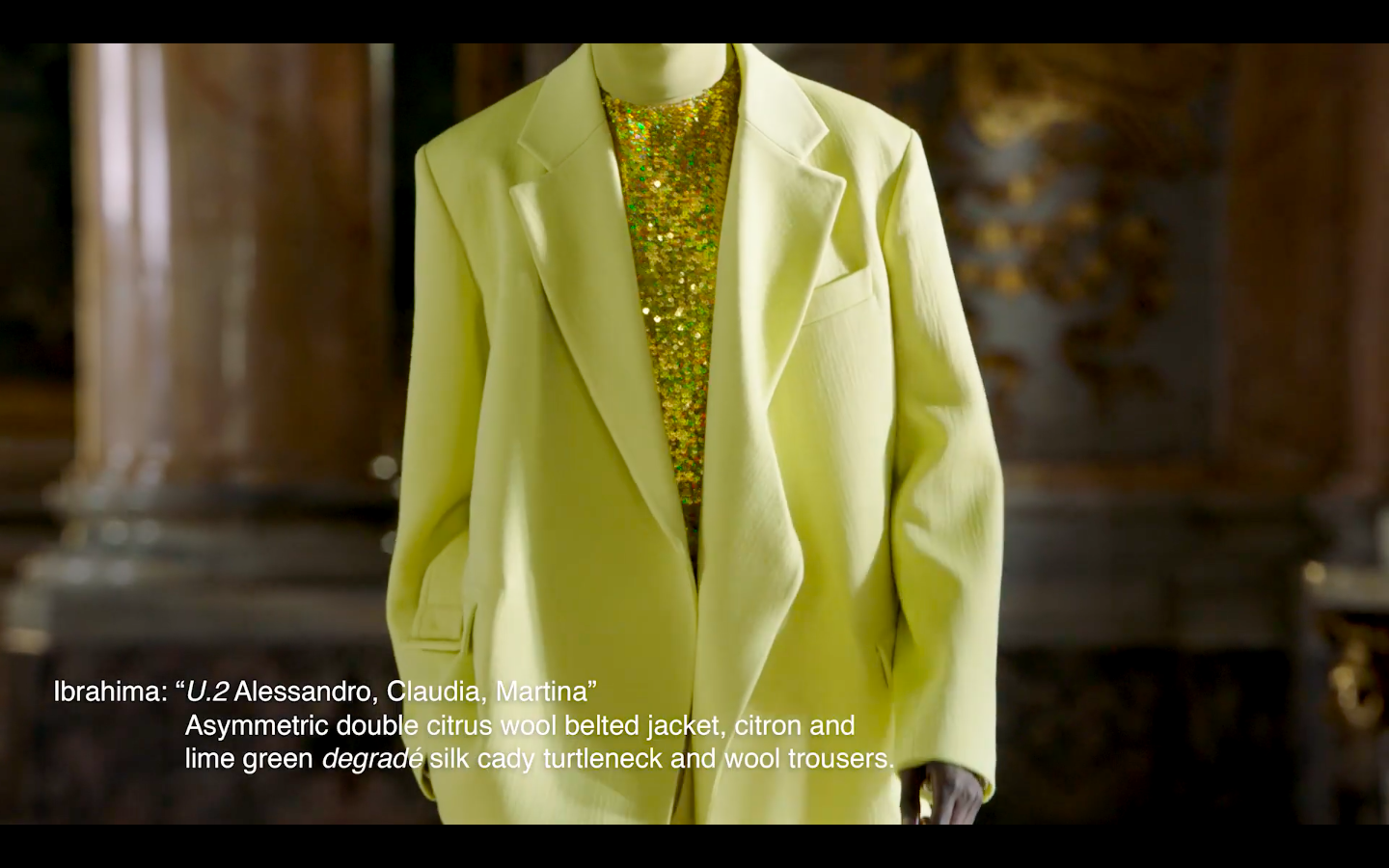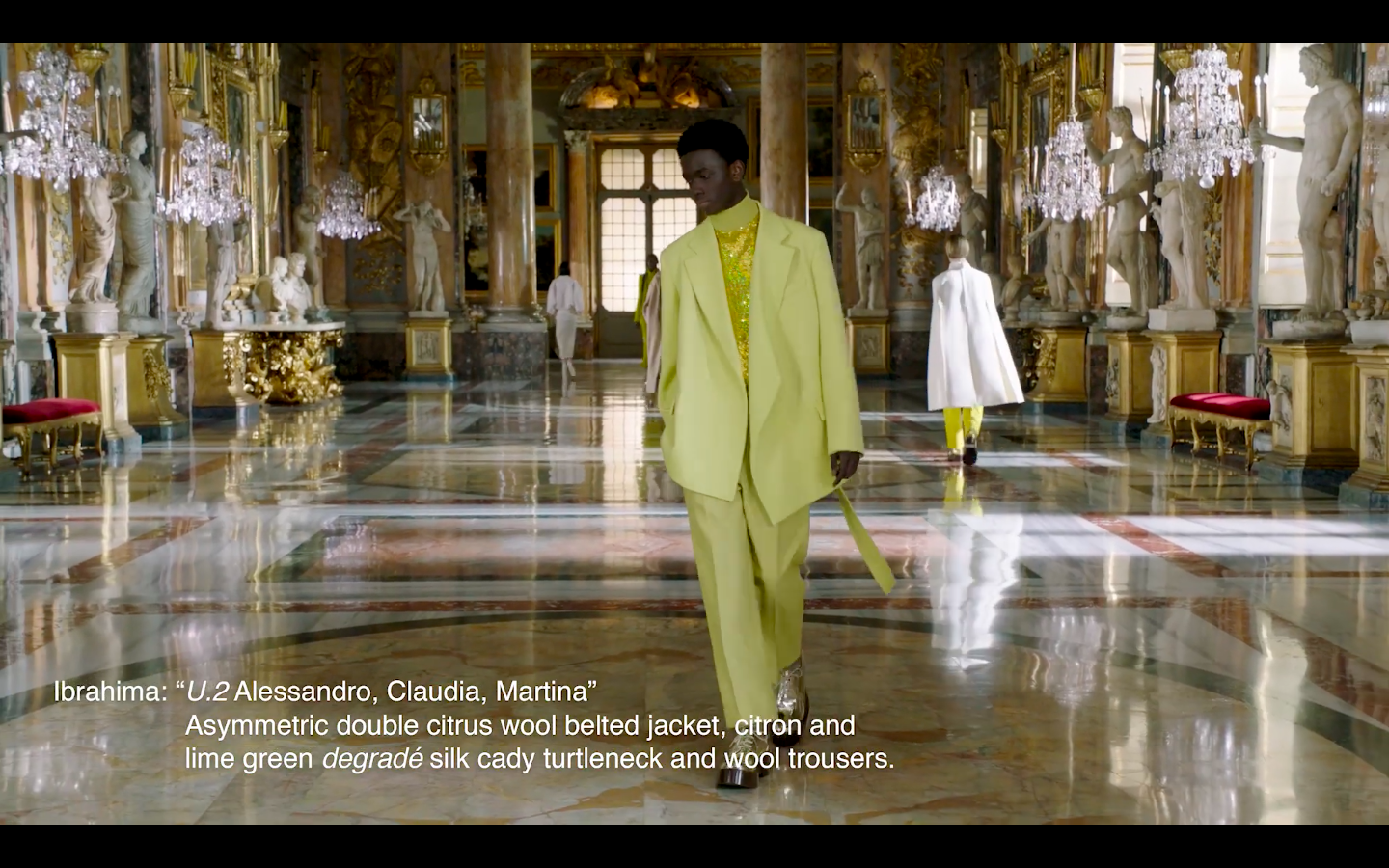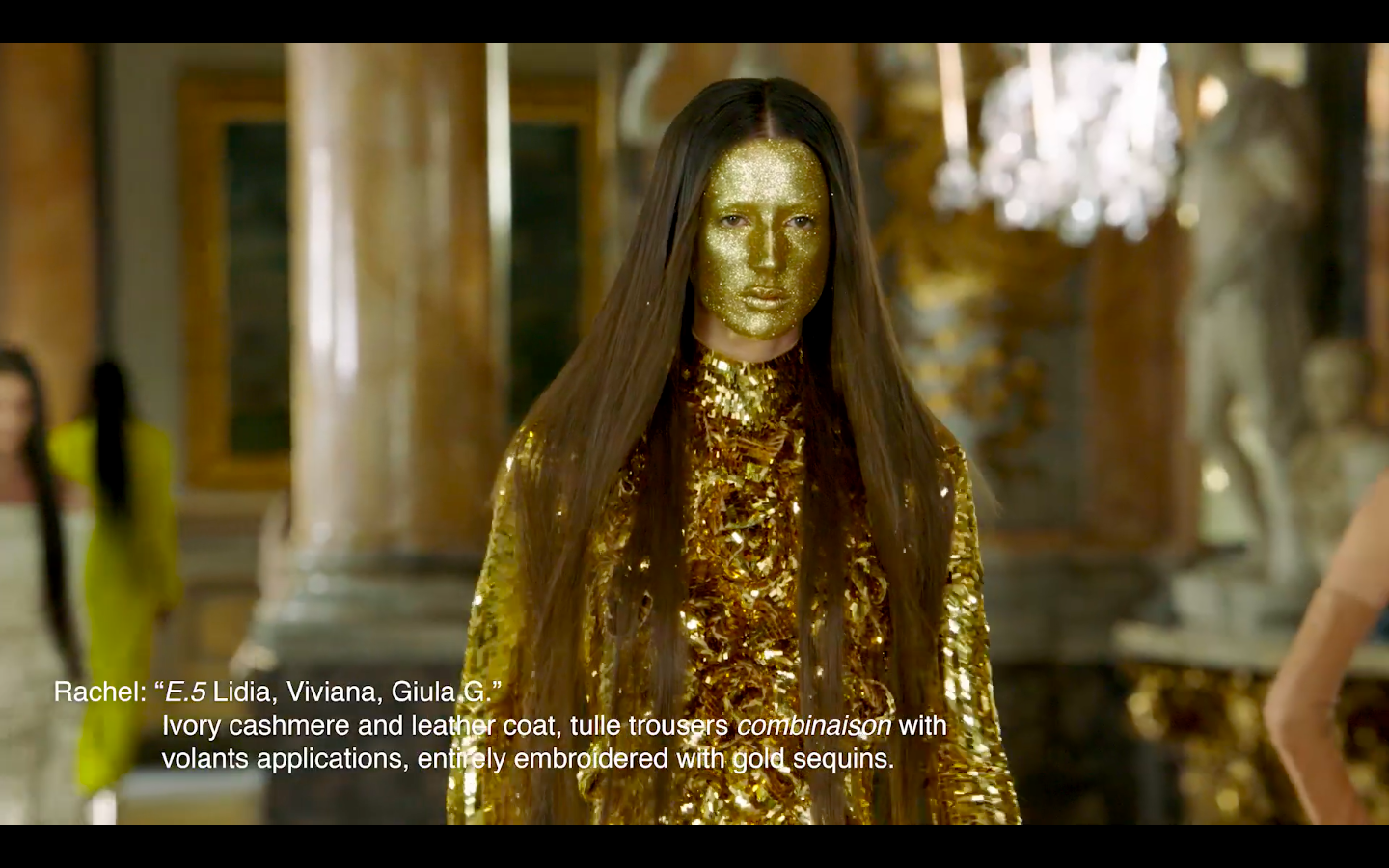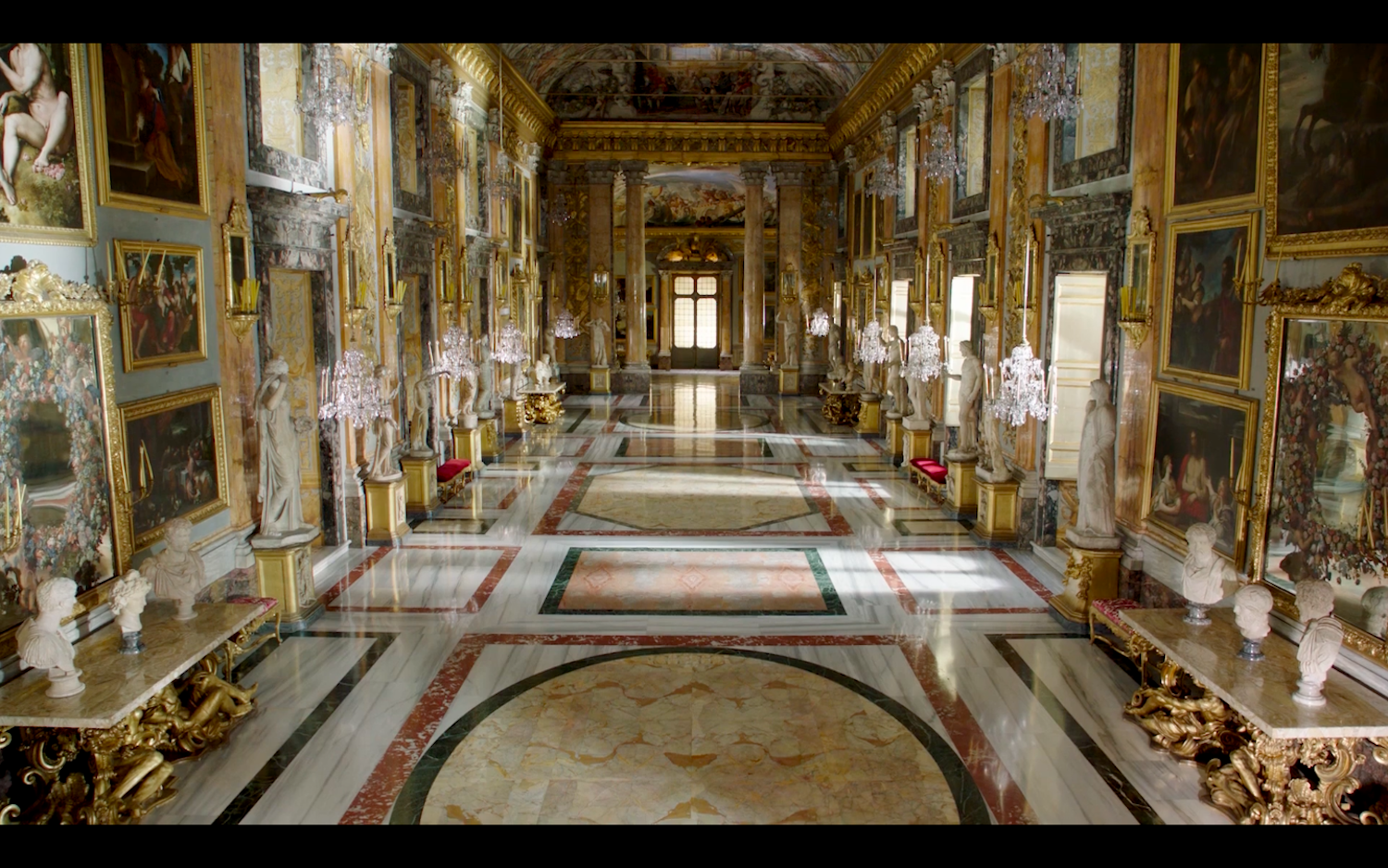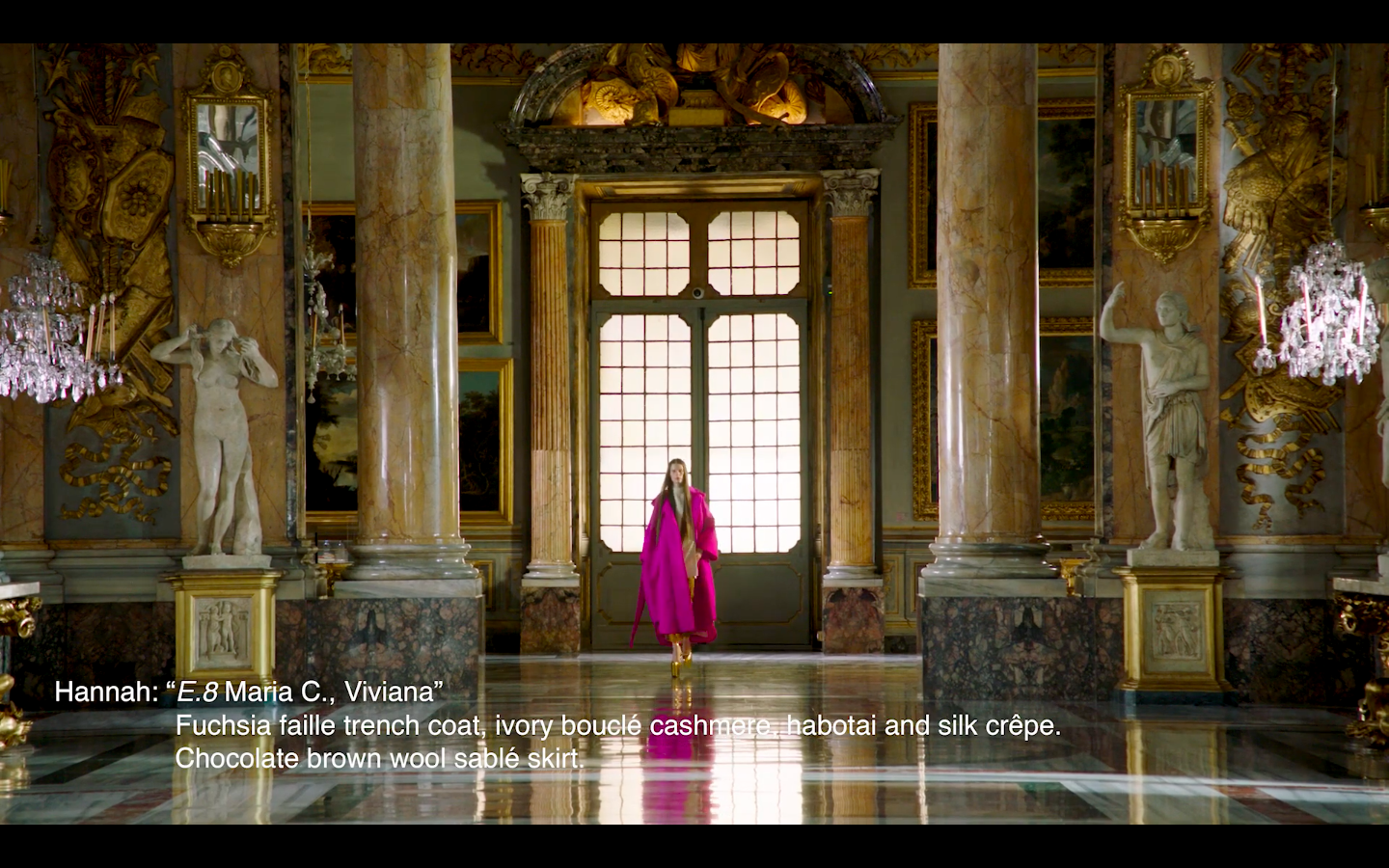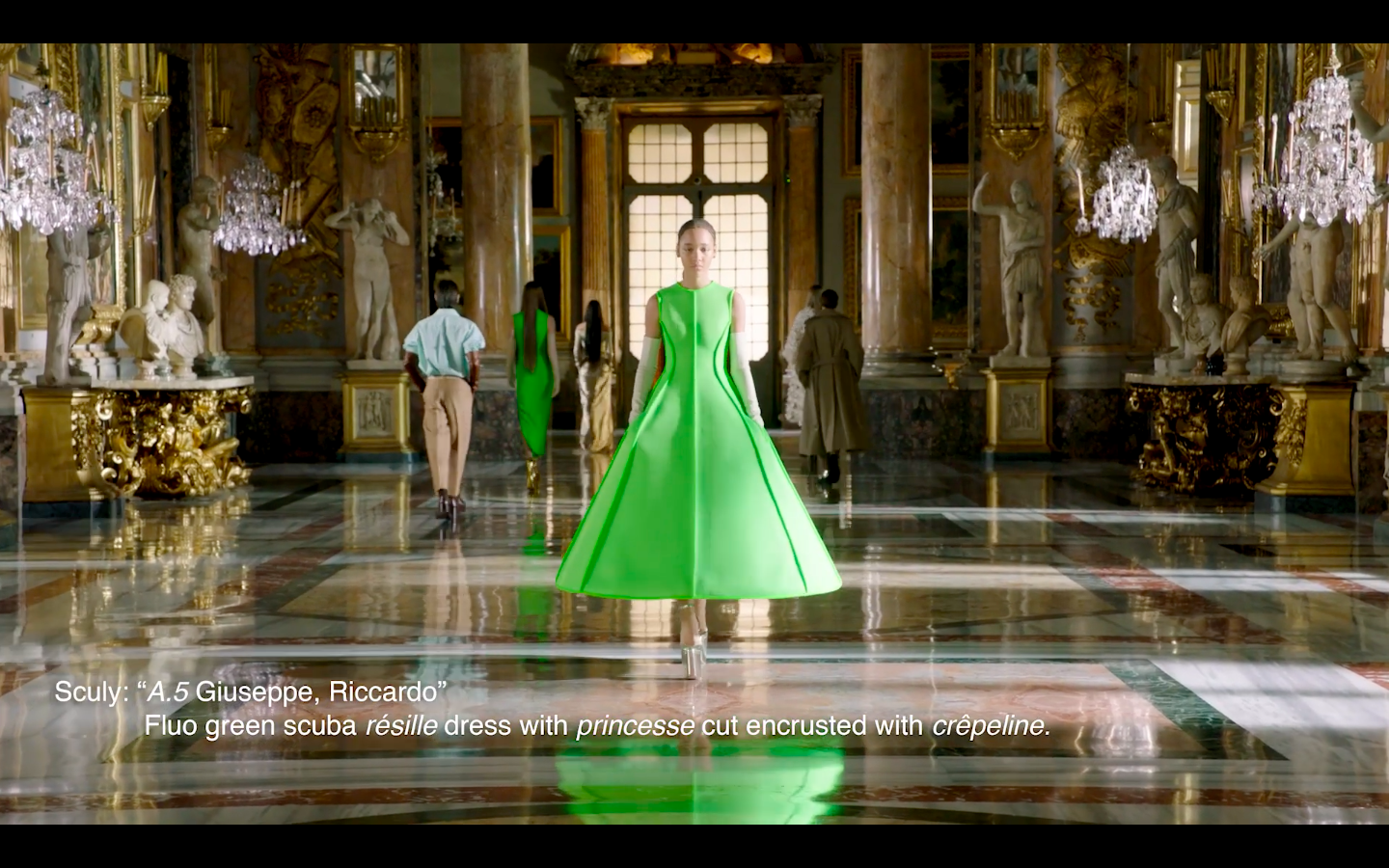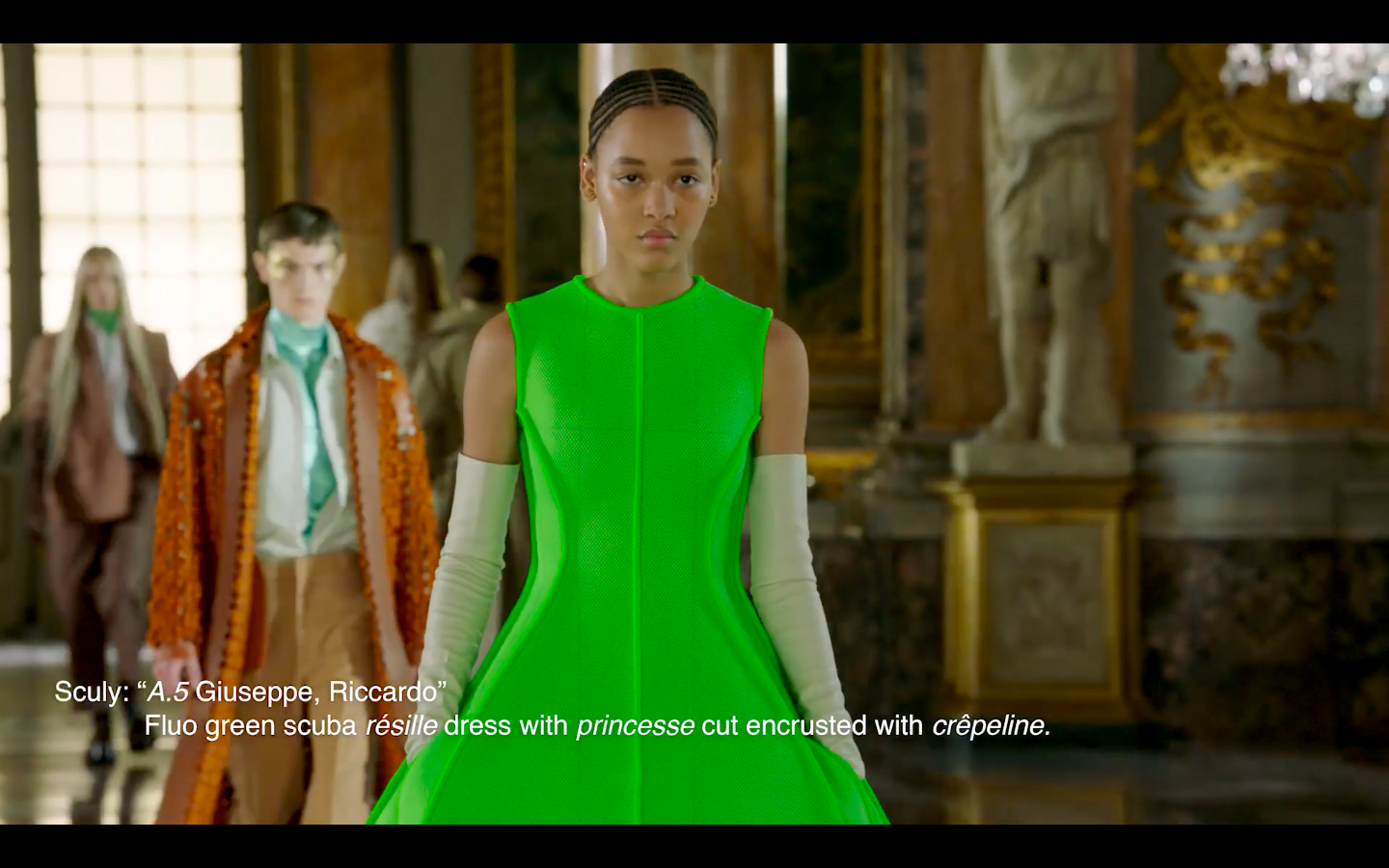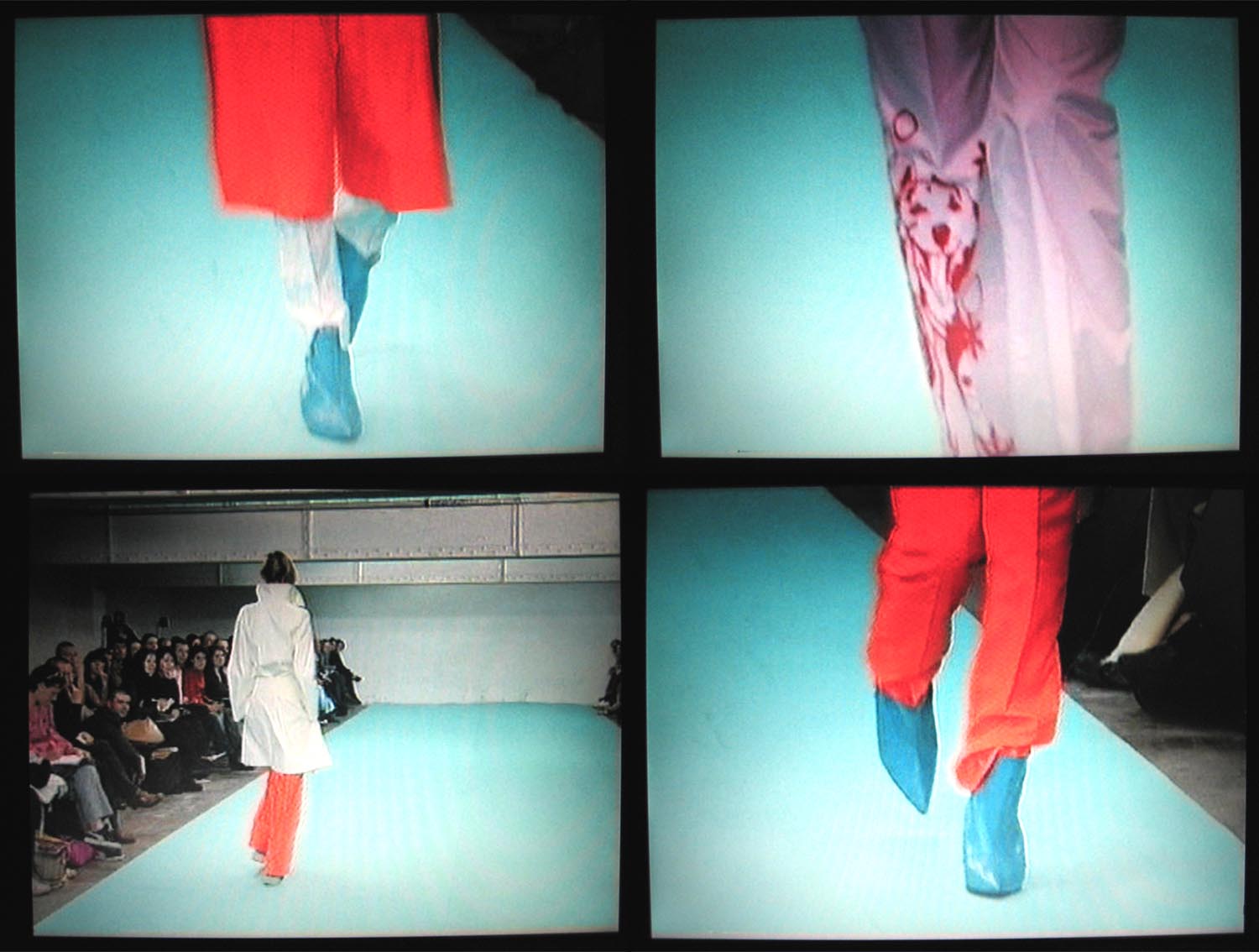“The mastery of the handmade as a timeless code and value” was the first thing that Maison Valentino communicated to spectators before the show. In this unprecedented moment, even fashion must reset and reinvent itself. This is what the Roman Maison has tried to achieve, reinterpreting time and combining the baroque surroundings of the Sala Grande of the Galleria Colonna in Rome with the strong, glittery tonalities of the collection.
For the spring/summer 2021 haute couture collection, Valentino’s creative director Pierpaolo Piccioli collaborated with Robert Del Naja, an artist, musician, and activist also known by the pseudonym “3D” and for being the leader of Massive Attack. Their encounter unfolded across several installations: the first was during the fashion show, which took place behind closed doors in the majestic Sala Grande on January 26th, for which Del Naja provided the soundtrack.
The second act of their collaboration is a unique audio-visual work of art that “explores the process of the haute couture collection, playing with symmetries between learned systems and human transgression, and the spontaneity of machine learning,” according to the house of Valentino. The collection is titled Code Temporal, which continues the meticulous work of re-signification of the brand’s codes began by Piccioli. The film Code Temporal is the result of Robert Del Naja’s experimentation with neural artist Mario Klingemann, who works with artificial intelligence. Klingemann is particularly interested in the human perception of art and creativity, and researches the ways in which machines can enhance or mimic these processes.
Throughout the film, the viewer is enchanted by a series of phrases by artists, writers, philosophers, and mathematicians from our past, juxtaposed with the delicate movements of the seamstresses of the atelier. The opening phrase is by Ada Lovelace, who says, “The analytical engine weaves algebraic patterns, just as the jacquard loom weaves flowers and leaves.” This can be interpreted as an allusion to the long and meticulous collaboration of Del Naja and Klingemann, who combined artificial intelligence and the making of fashion to create a singular work of art that explores the process of the Valentino haute couture collection through the synthetic filter of artificial intelligence. The source material was filmed and observed by machine learning algorithms spontaneously assembled by networks trained by Klingemann. For three months, the artificial intelligence watched and registered the creation process of the collection in the Valentino ateliers in Rome. The images are effectively snapshots of the “making of” the haute couture collection that would be presented in Rome. For Piccioli, “The roots, the rituals, the processes of haute couture are an exaltation of the human being. Time is a code and a mantra, just as time spent by the seamstresses to work on a dress is the most valuable aspect.” All this information about the “making of” the collection — the faces of the dressmakers, the time-lapse photography of the works in progress on the sartorial mannequin — all become algorithmic sequences, processed and marked by a new musical soundtrack.
The time code of this process of couture thus becomes a digital narrative in the collaboration between fashion, art, and music.

